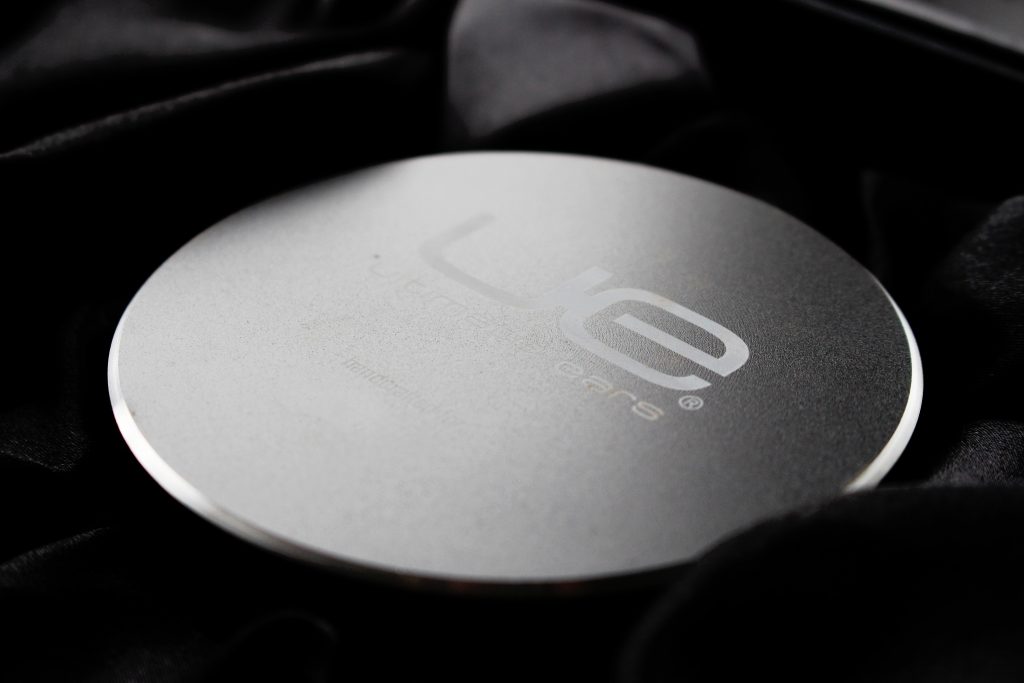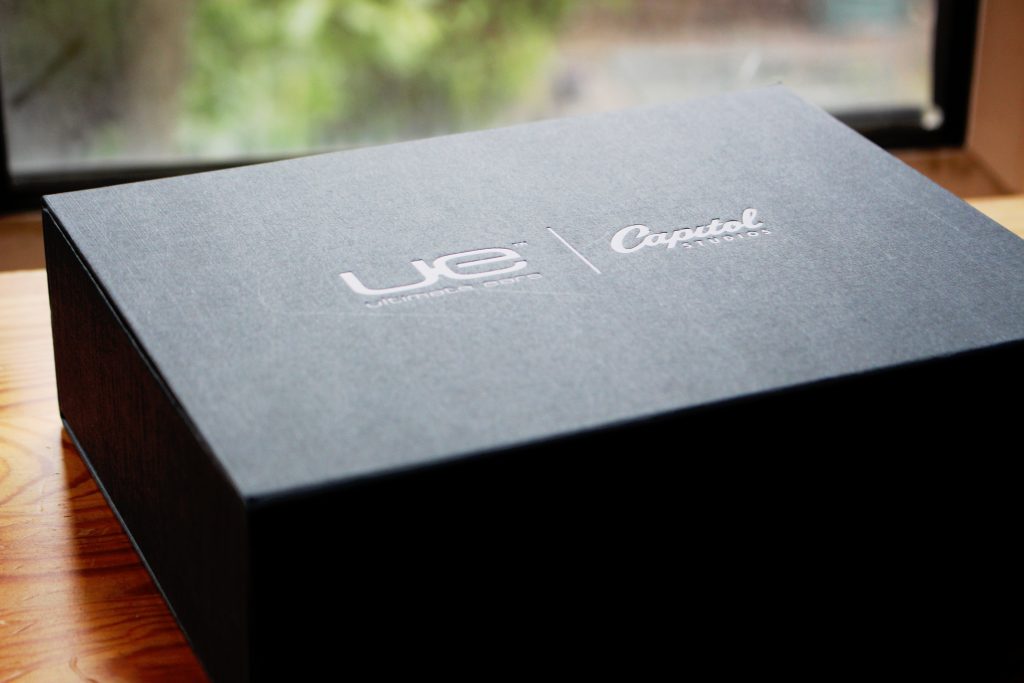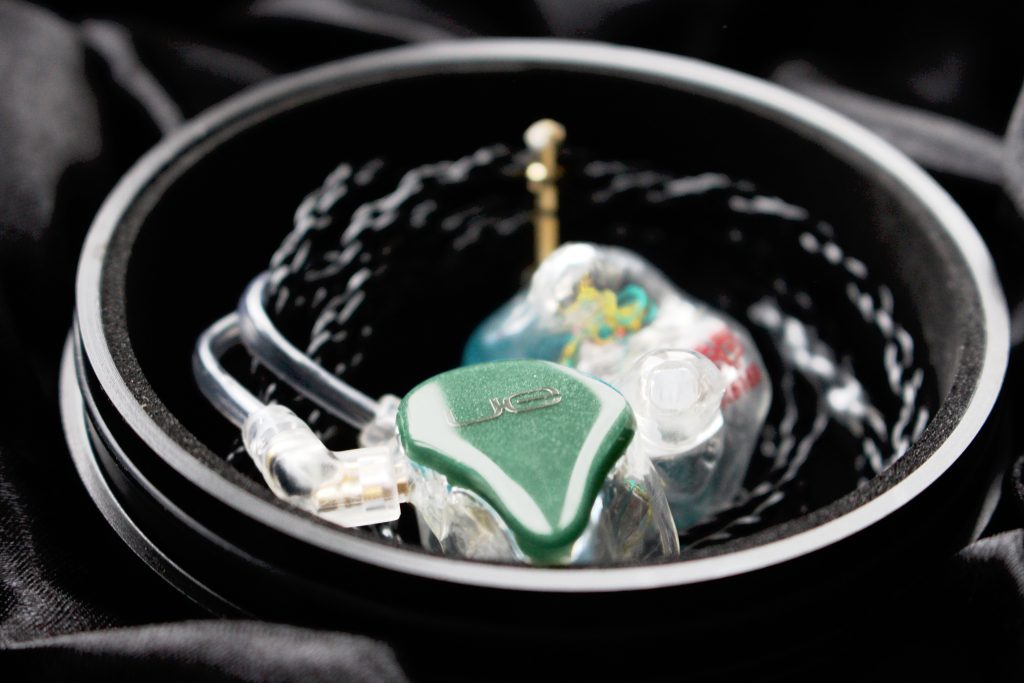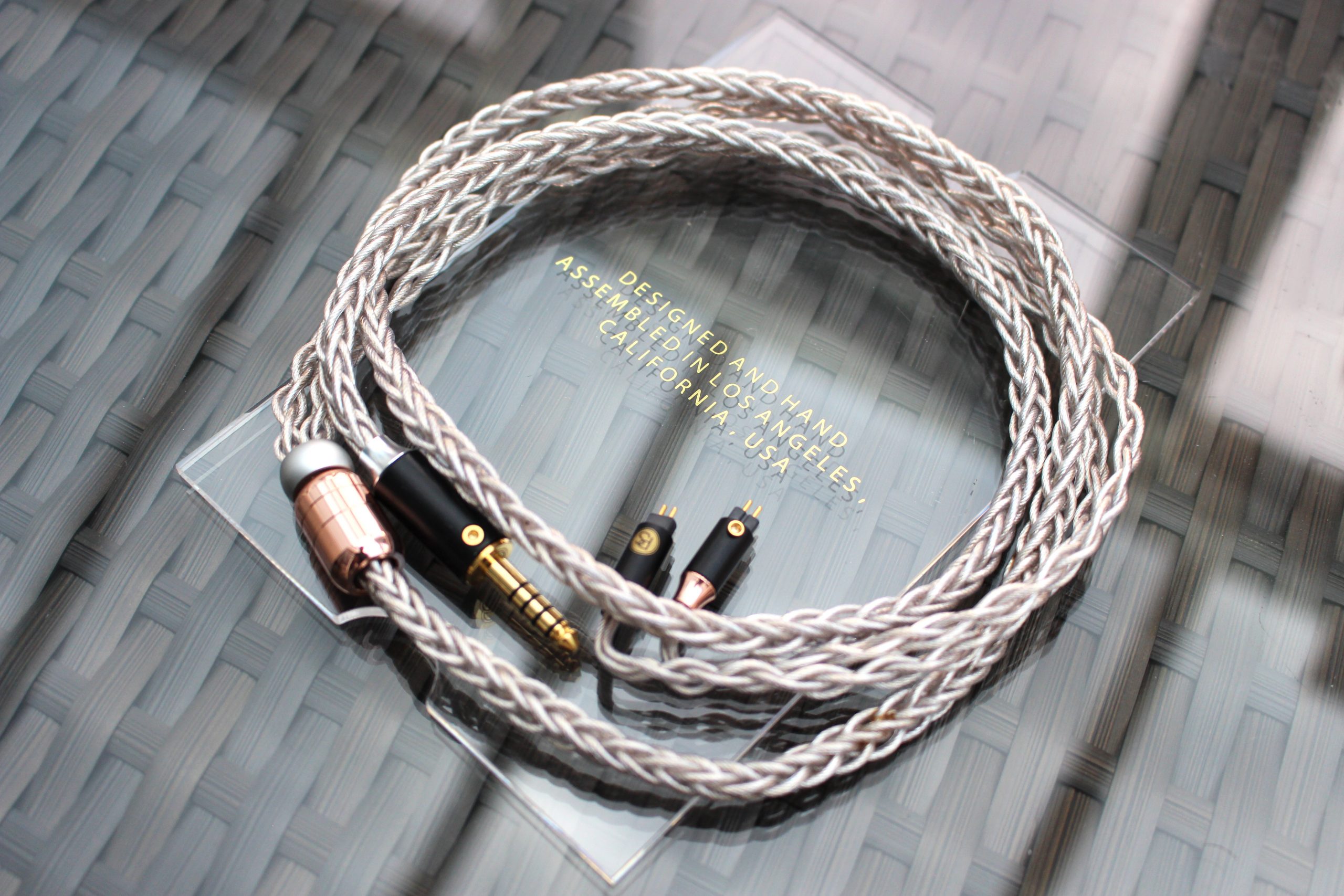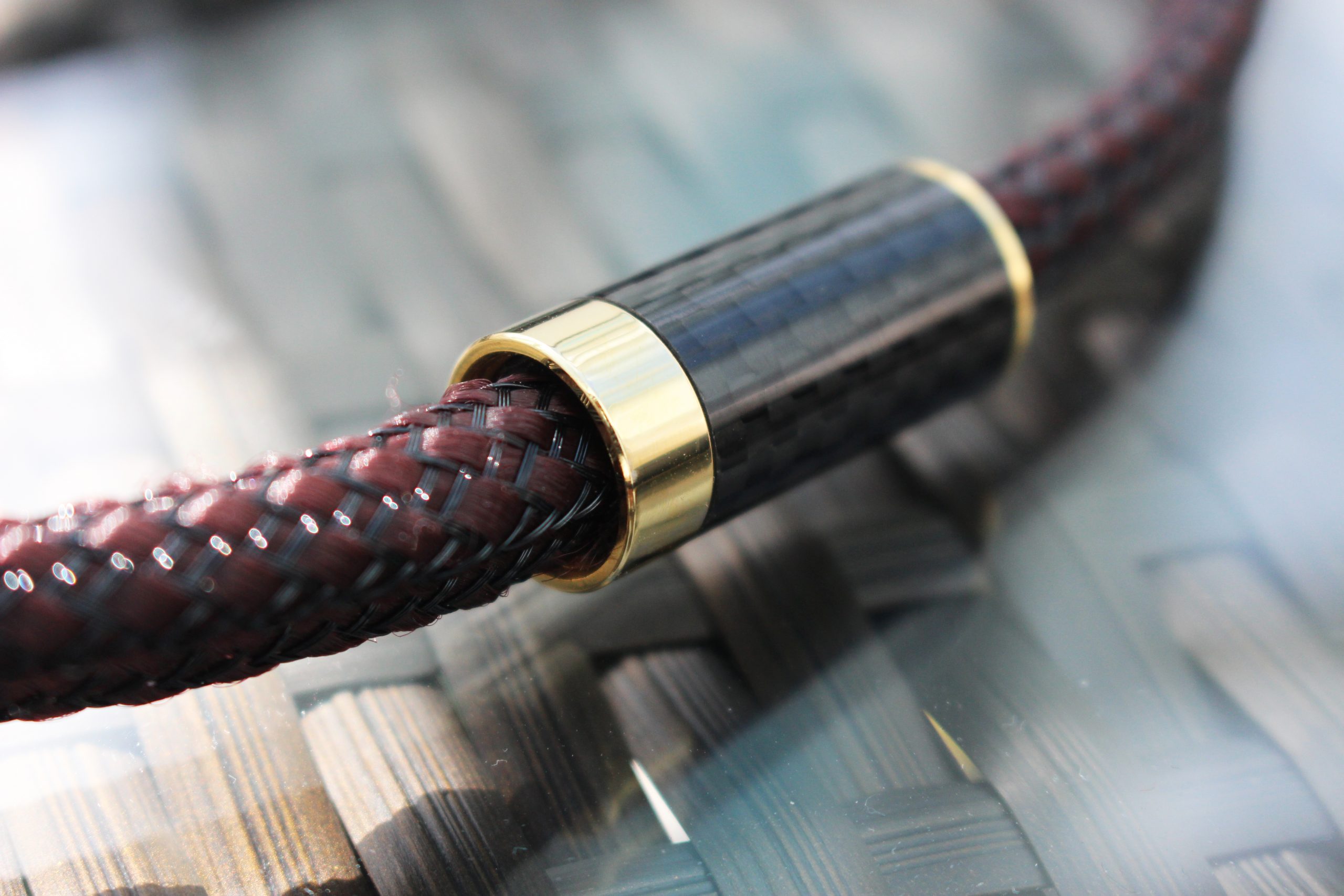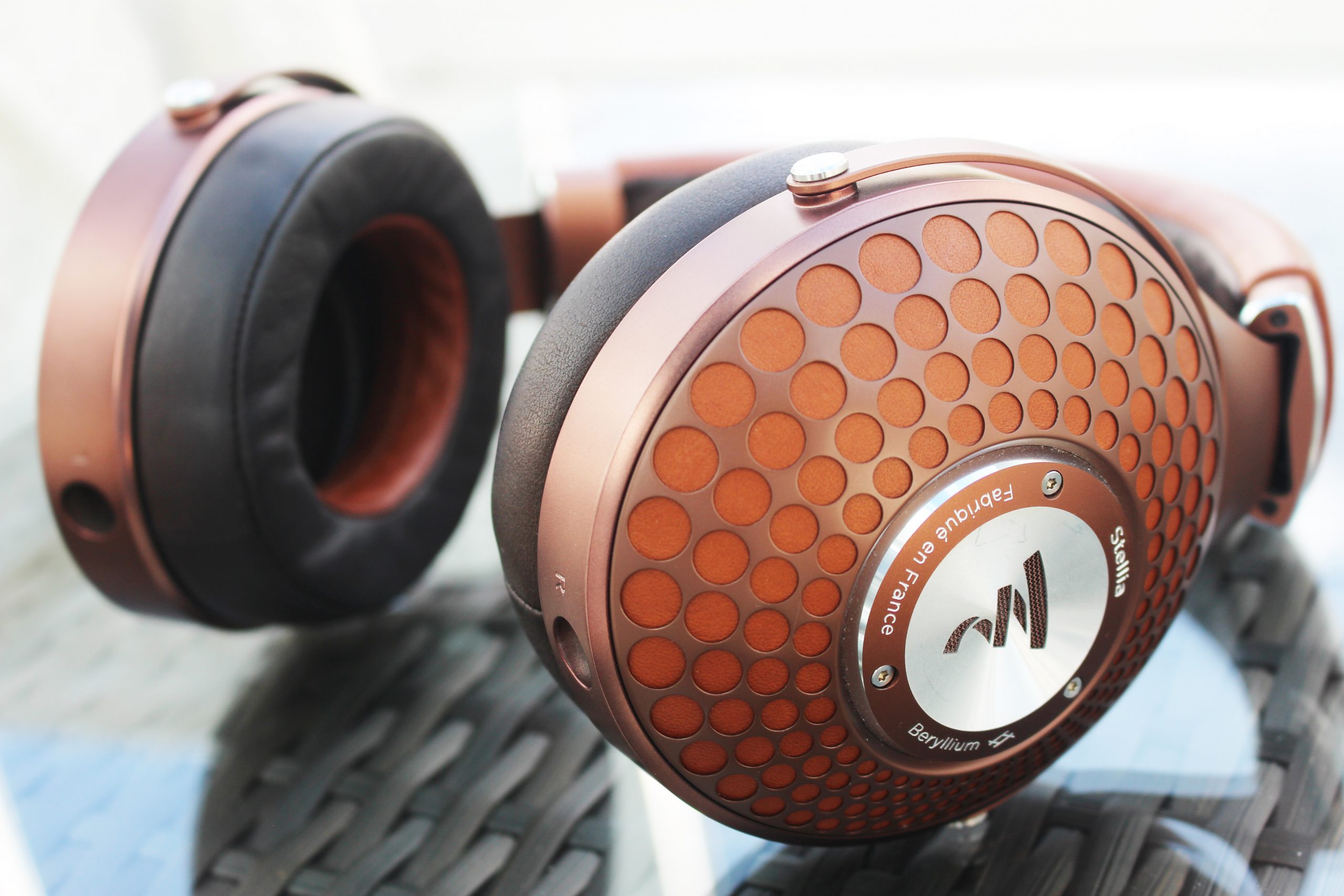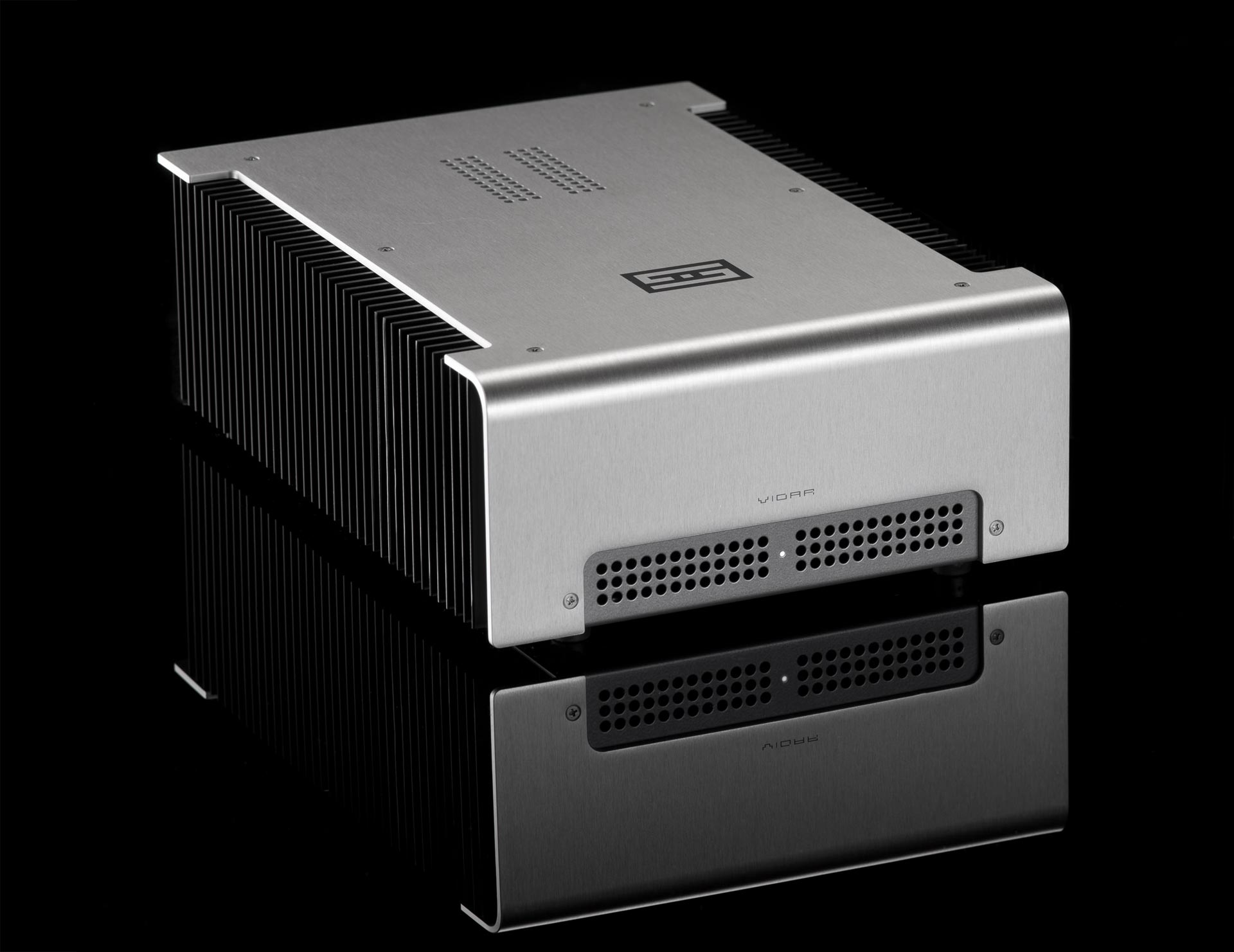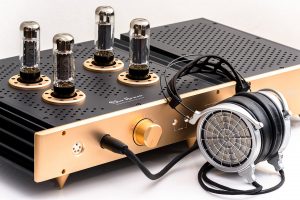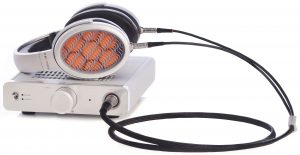With their headquarters based in sunny-side California, Ultimate Ears was initially founded in 1995 by Jerry and Mindy Harvey. The former of which has played such an influential role in the design of headphones that within just a few years of UE's induction, "The Rolling Stones", Enrique Iglesias, and Faith Hill were loyal customers. A decade later, the company was acquired by Swiss electronic giant Logitech. Though an initially controversial move, the vice president of headphones, Phillipe Depallens, claimed that even with Jerry Harvey's departure they have still managed to produce some of the best in-ear monitors the market has ever seen.
An example of just this is their collaboration with world-renowned recording legend Capital Studios which culminated in the Ultimate Ears Reference Monitors (UERM); a custom in-ear for audiophiles and music professionals alike. More recently, Capital Studios have fine-tuned the UERM in a series of second collaborations to produce the Ultimate Ears Reference Remastered (UERR). Like the UERM, the UERR utilises a three-way crossover with a three driver design. However, unlike its predecessor Ultimate Ears Pro have implemented proprietary true tone drivers which has been said to "extend the frequency range" of the $999 UERR and deliver a flat response to 18kHz.
The Custom in-ear process
Ultimate Ears Pro has expanded into a new ear laser scanner technology which has revolutionised the in-ear ordering process. The new device can be used worldwide across UE Pro's retailers, partners and distributors. The digital impressions are sent to 3D printers to build shells of custom monitors which is a massive improvement to the long and somewhat arduous process of modelling ear canals with putty material. A video demonstration of the process can be seen HERE.
What you get: the box & accessories
The UERR comes in a classy and elegant magnetic-latched box which pays tribute to their minimalist appeal. The felt-lined interior holds a round personalised carrying case with houses the UERR CIEMs in all their resting glory.
Also included as part of their accessories is a 3.5mm to 6.35mm gold-plated adaptor, cleaning tool and airline adapter. It should be noted that it is wise to clean the bores of the custom monitors regularly to avoid dirt and debris accumulation and preserve driver function.
Build quality & Design
The Ultimate Ears Reference Remastered is a durable piece of equipment which is no different in workmanship to the UERM. There are no bubbles of air trapped within the shell, and the three bore design is tough and sturdy.
Consumers have a plethora of choices to customise the monitors to their liking. On the UE Pro website, for example, there are 4 categories: translucent, opaque, speciality materials and designer editions which house an even larger number of colours and design options. Once the colour is decided, customers are offered even more choices ranging from the length and colour of cable to the type of carrying case itself. While not necessarily unique, personalisation is a great way for a company to present non-standard products in a way the customer opts for. Perhaps a suggestion would be to go even further and offer more of a selection of wooden faceplates which have been in demand ever since Heir Audio's avant-garde implementation of them in their series of custom monitors.
Fit & Isolation
I felt this category deserves a separate mention as this is the sole purpose of custom IEMS; to deliver a seal-perfect fit and provide superior levels of isolation. With that said, the fit of the UERR is quite deep which does take a bit of getting used to. The tight seal enables you to become isolated from the outside world and consequently immersed in the world of music. It is also for this reason that you are able to play music at a much lower volume since there is no need to drown out the exterior environment. Once you get past the initial deep fit, comfort levels substantially improve to the extent where you can sleep with them in.
Sound impressions
Lows
The UERR offers more of an extensive sub-bass than the UERM adding to a richer and organic low-end compared to the UERM's more articulate and shallower bass line. While the extra heft in this part of the frequency spectrum is appreciated, there is some compromise in that the UERR does not resolve as much as the UERM. In Wolfie's "Outta Earth", the strong and rich bass digs deep with authority while at the same time being ultra-smooth and relaxing. Next to 64 Audio's U12, the UERR has less bass impact and presence which the former particularly excels in. Both, however, offer visceral bass which does not detract or bleed heavily into the other frequency ranges. What is most impressive about the UERR is the outstanding balance that this IEM achieves from the bottom of its lowest notes to its highest. Any troughs and peaks are ironed out to keep in line with UE and Capital Studio's vision of a perceptually neutral IEM.
Mids
The UERR offers an excellent centre-staged vocal presence which is more forward compared to the UERM's mid laid-back staging of sound. Some may find this stark departure from the former's imaging, a drawback but others like myself may prefer the more involving and engaging aspect of this sound tuning. Like the bass, the midrange of the UERR is neutral and ruler flat in tonality. Despite the analytical character of this set, there are no stridencies or abrasiveness that often goes hand in hand with the clarity-focused IEMs. Instead, the midrange remains to be smooth without levelling out textures and detail that would go amiss for mastering professionals or audiophiles who crave micro-dynamics. In Mario Biondi's "Ecstasy", for example, the singer's raspy and gravelly voice is preserved achieving a natural and remarkable soundscape.
Highs
Next to the UERM, the UERR achieves a more linear and extensive treble which is a direct result of their proprietary driver implementation. Despite the greater reach into the higher territory ranges, the UERR still manages to avoid the sometimes strident treble that the UERM can be guilty of. However, the UERR does lack a bit of air and sparkle compared to its predecessor's performance. With that said, there is still plenty of detail in the higher ranges which makes the overall sound extremely coherent. Compared to the Shure SE846, the UERR achieves a more extensive and fuller sounding treble which presents as an overall less-fatiguing and natural sonic experience.
Soundstage & Imaging
As mentioned, the soundstage of the UERR is more mid-centric compared to the UERM's laidback mid-section. As a result, the UERM offers a more wide-reaching projection of sonic cues to create a larger stereo image than the more intimate UERRs. Despite this, the UERR has excellent centre stage and is relatively more cohesive than the UERM. Instrument separation is excellent in spite of the smaller stage that the UERR has to work with.
Pairings
The UERR has a 35 Ohm resistance with 100dB sensitivity. This means that it is moderately easy to drive but does benefit from some amping.
The Fiio X7 and UERR pairing have a great synergy which really brings the best out of the latter's performance. More details come into the forefront with a more holographic and layered sound compared to out of the standard laptop.
Paired with the Schiit Gungnir and Mjolnir, the UERR also benefits from extra space and euphony that makes the musical experience more pleasing and engaging.
Conclusion
Overall, the UERR is a revealing and balanced IEM which presents a more complete sonic picture than the UERM. It is faithful to recordings, as intended, and thus a perfect tool for mixing and mastering. Whilst both of these IEMS possess a neutral tonal character, the UERR feels more refined and smooth compared to the UERM's rawer tuning. Though the UERR may not be a clear upgrade, the UERR would do well to satisfy those seeking a balanced and relatively more intimate sound compared to the more open UERM. Nevertheless, both custom in-ears have a wealth of customisation options at their disposable, relatively fast build times and good build quality. At $999 then, the UERR represent a significant investment which in my opinion is worth the plunge.
Ultimate Ears Reference Remastered
Retail: $999
Can buy over at:
http://pro.ultimateears.com/rr




